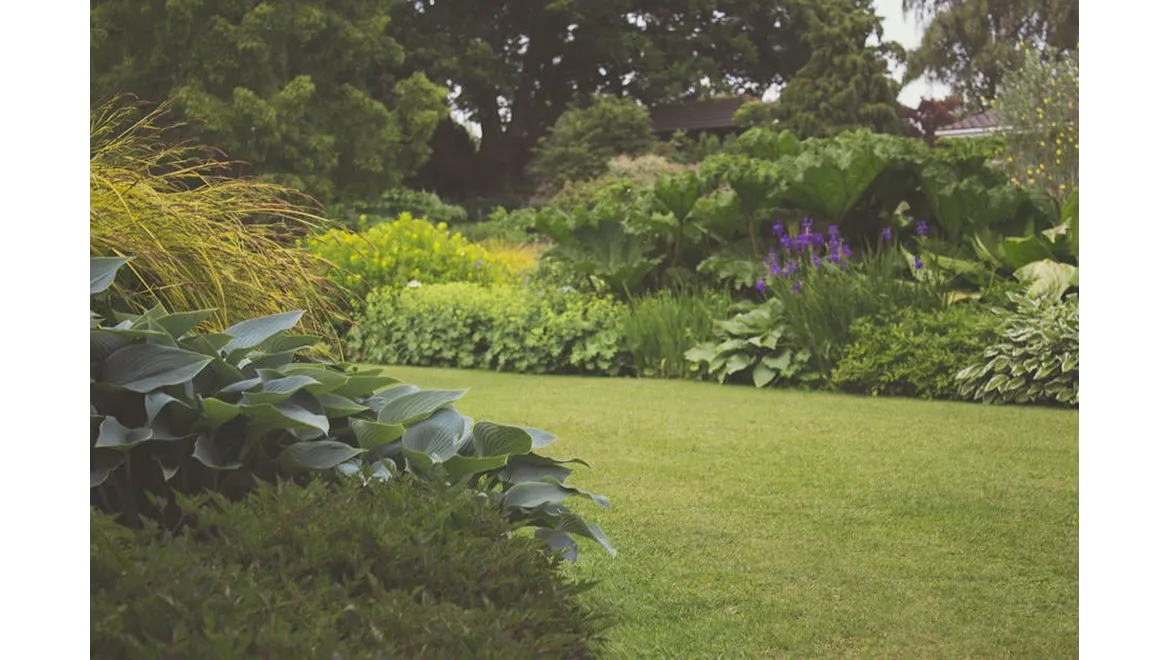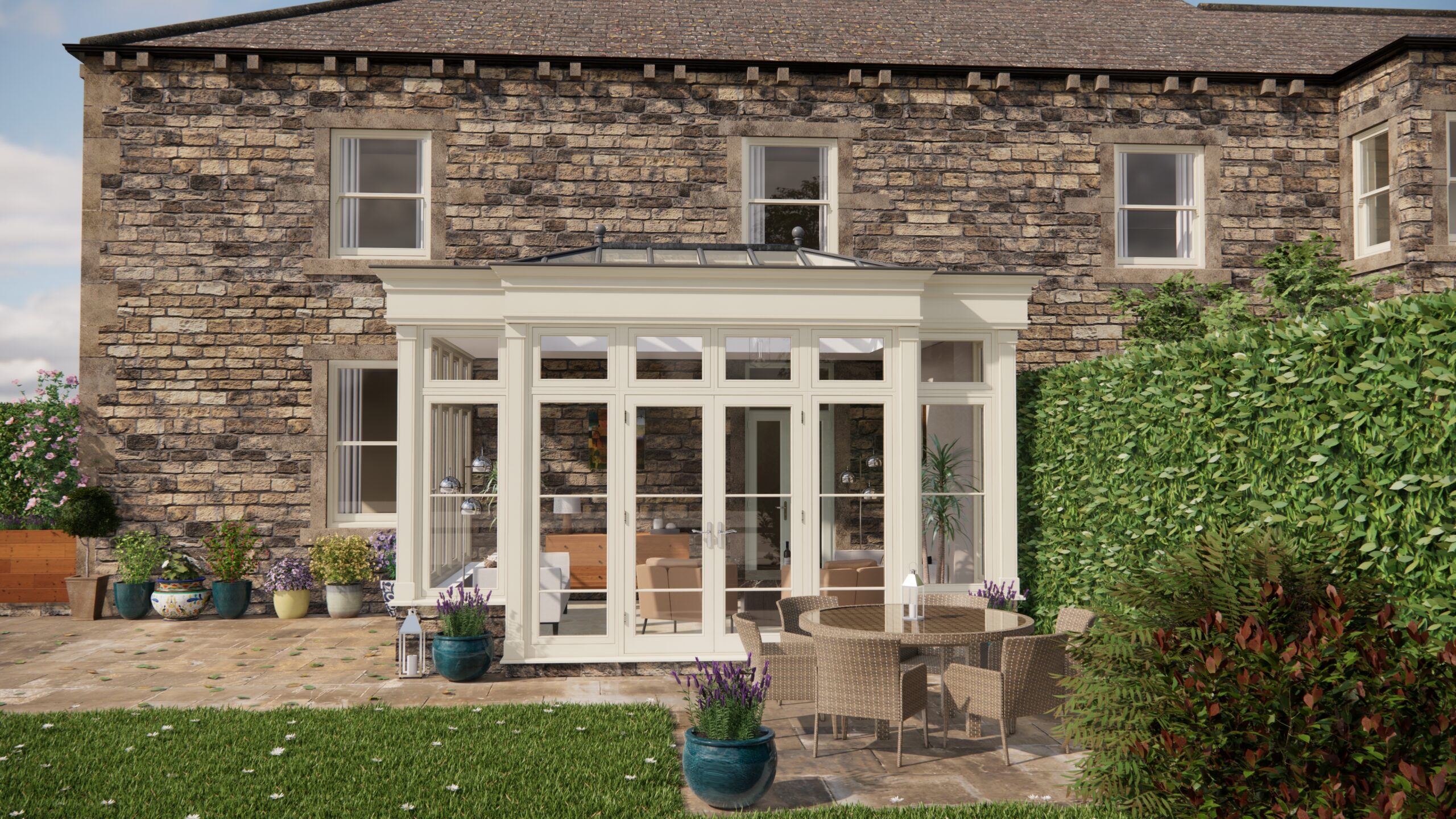Right, let’s talk about clay! As a writer for “Articles about enjoyment of a garden in the UK”, I spend a lot of time showcasing gorgeous, thriving gardens. But behind the perfect petunias and manicured lawns, there’s often a secret struggle: the battle against clay soil. So, I decided to tackle this head-on and interview someone who’s actually won that battle: George, a fellow gardening enthusiast who transformed his clay-ridden plot into a low-maintenance haven. I popped round for a cuppa and a chat, notebook in hand.
“George, tell me about your initial horror story,” I prompted, settling onto his patio furniture. He chuckled, remembering. “Oh, it was brutal! Waterlogged in winter, concrete-hard in summer. You could practically build a house out of it! Nothing seemed to grow, except weeds, of course.”
The Clay Challenge: Understanding the Enemy
George explained that the key was understanding the problem. Clay soil particles are incredibly small and tightly packed, restricting drainage and airflow. This means roots struggle to penetrate, and plants often suffer from both drought (in summer) and root rot (in winter). The first step for George was soil testing. You can pick up a DIY kit from most garden centres, or send a sample to a lab for a more detailed analysis. Knowing the pH of your soil is crucial, as some plants prefer acidic conditions, while others thrive in alkaline.
Amendment is Key: The Organic Matter Magic
“So, what was your secret weapon?” I asked, pen poised. George grinned. “Organic matter! I became obsessed. I practically lived in the compost heap.”
He wasn’t exaggerating. He amended his soil religiously with compost, well-rotted manure, and leaf mould. This not only improved drainage but also added nutrients and encouraged beneficial microbes. George recommends spreading a thick layer (at least 5-10 cm) of organic matter over the soil surface each autumn and digging it in. You can also use it as a mulch throughout the growing season. He emphasised that it’s a continuous process. You don’t just do it once and expect miracles; you have to keep adding organic matter year after year to maintain the soil’s improved structure. Adding grit to the soil also helps with aeration.
Drainage Solutions: Letting the Water Flow
Even with organic matter, George still had drainage issues in certain areas. He installed a simple French drain – a trench filled with gravel – in the worst affected spot. These redirect water away from the plant roots. He also created raised beds in some areas. This elevates the planting surface and allows excess water to drain away more effectively. It’s also a good option if you have particularly compacted clay, as it provides a completely new growing medium.
Plant Power: Choosing the Right Warriors
“Right, plants!” I said, eager for some specific recommendations. “What actually thrives in clay?”
George shared his plant list. He found success with plants known to tolerate clay soil, such as:
- Shrubs: Hydrangeas, Viburnums, Cornus (Dogwood), Forsythia
- Perennials: Echinacea, Rudbeckia, Hostas (though slug control is essential!), Asters, Daylilies
- Trees: Hawthorn, Birch, Rowan
He also mentioned that he avoided plants known to be particularly sensitive to waterlogged conditions, like Lavender and Rosemary, unless they were in very well-drained spots. Before buying any plant, it is always worth checking that it is suitable for the kind of soil you have. You can also try planting in pots if you want a specific plant in a particular area of the garden, this is more forgiving.
Low-Maintenance Strategies: Less Work, More Enjoyment
George’s garden wasn’t just about surviving the clay; it was about thriving and being low-maintenance. His secret weapon? Ground cover plants. He uses creeping thyme, sedum, and even low-growing heathers to suppress weeds and reduce the need for constant weeding. He also mulches generously with wood chips or bark to further suppress weeds and retain moisture.
Another tip George gave was to try an automated irrigation system. Although the clay retains moisture, in hot summers the ground turns into concrete, automated irrigation systems can take that issue away.
Finally, his patio, decking area and pathing were a large contributing factor, the hard-scaping meant he had less to maintain and it really worked in the garden’s favour.
“And the Orangery?” I asked, gesturing towards the stunning glass structure attached to his house. “That’s where I start all my seedlings, well protected from the elements. It extends the growing season and gives me a head start. Plus, on a rainy day, I can still enjoy the garden views from inside!”
So, there you have it: George’s journey from clay-soil despair to low-maintenance delight. It’s a testament to the power of understanding your soil, amending it diligently, and choosing the right plants. It’s a process, not a quick fix, but the rewards – a beautiful, thriving, and low-maintenance garden – are well worth the effort. By improving your soil, adding drainage and selecting the correct plants, you too can transform your own UK garden.


